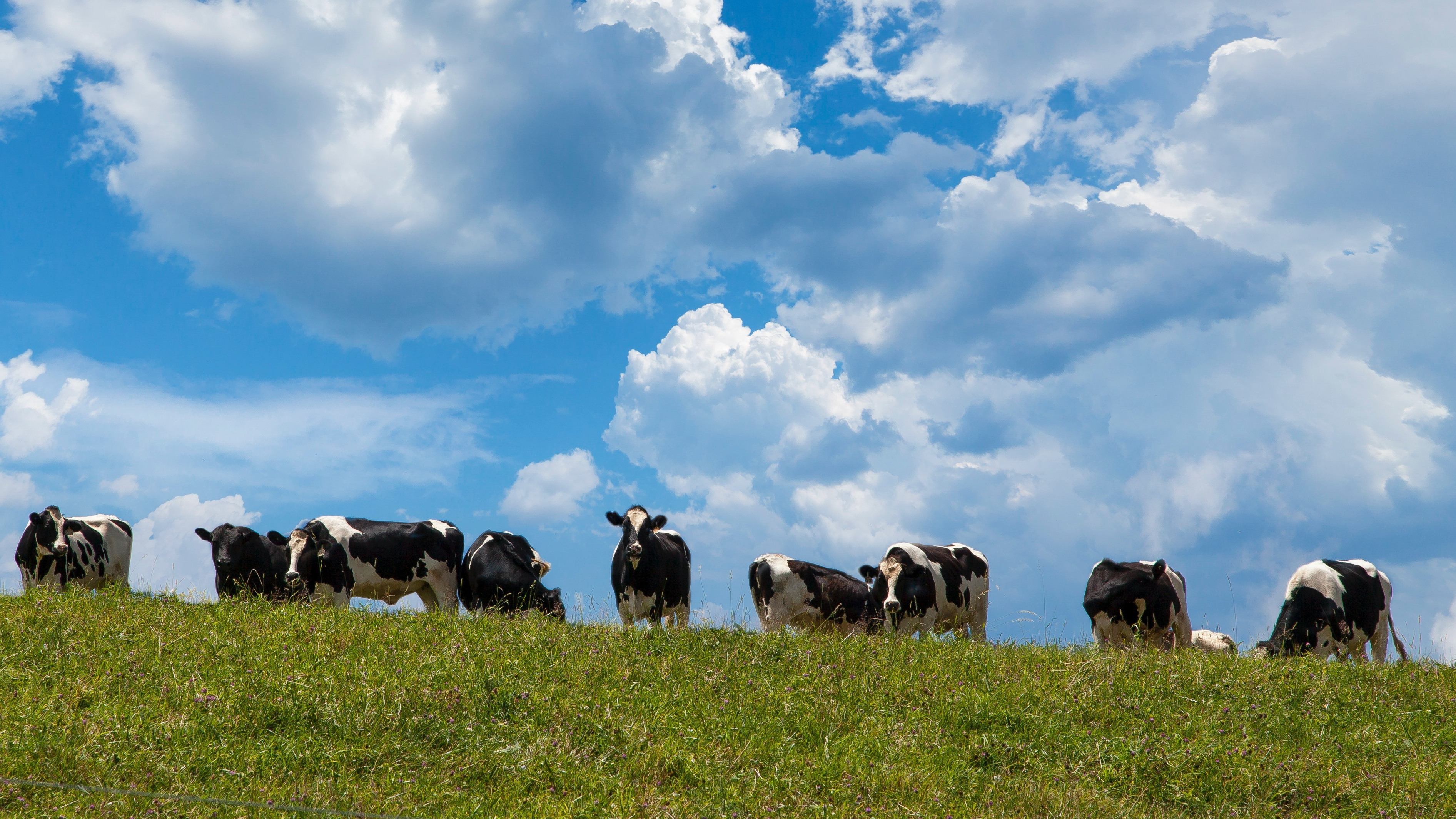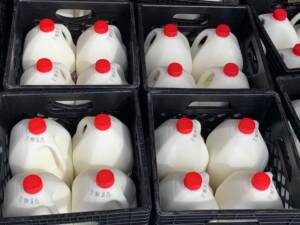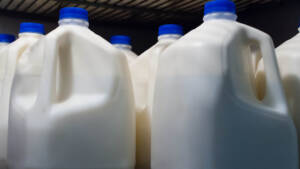
Federal Milk Marketing Order Reform

Issue Overview
The U.S. dairy industry is changing rapidly, from consolidation among farmers, cooperatives and processors, to shifts in consumer preferences to a broader reach in global markets. The COVID-19 pandemic highlighted the challenges with volatile milk prices and outdated milk pricing and pooling provisions. How should federal dairy policy and milk pricing provisions be improved to keep pace with these changes? If dairy policy is to evolve, dairy farmers need to be involved.
In January 2022, voting delegates to the American Farm Bureau Federation’s 103rd Annual Convention recommended to the AFBF board of directors that AFBF continue the Farm Bureau- and producer-led Dairy Working Group to explore options and additional recommendations for strengthening the dairy industry through the new farm bill and modernizing the current Federal Milk Marketing Order (FMMO) system through a federal milk marketing order hearing.
In October of 2022, representatives from over 180 farms, cooperatives, processors and other industry organizations from over 35 states joined the American Farm Bureau Federation in Kansas City for a successful first-of-its kind industry-wide Federal Milk Marketing Order (FMMO) Forum. At that meeting consensus was found across the industry and especially at the farm level—on a wide range of issues, including switching back to the “higher-of” Class I mover and the need for any make allowance changes to be based on mandatory and audited surveys of dairy processors.
AFBF’s groundwork has since led to action by USDA to hold the first national FMMO hearing in over a decade. On August 23, 2023, in Carmel, Indiana, the USDA began hearing testimony on 21 accepted industry proposals related to milk price formulas, giving farmers and stakeholders the chance to testify in-person. USDA included four of AFBF’s nine proposals in the scope of the hearing and we support five additional included proposals made by other organizations. Throughout the hearing, which ended January 30, 2024, AFBF was elbow-deep in analyzing proposals and ensuring that our members’ voices were represented. Many steps remain in the FMMO amendment process before changes will be voted on by dairy farmers across the nation, and AFBF will continue to be at the forefront of representing the interest of dairy farmers across the nation.
Farm Bureau FMMO Hearing Resources
As a resource for farmers and decisionmakers, AFBF has gathered relevant resources and documentation related to the FMMO hearing process. Below you can find:
- Market Intel analysis on hearing topics and Farm Bureau’s efforts
- Formal AFBF submissions to the USDA hearing process including testimony, letters, briefs and comments
- Background resources, news updates and more
Related Market Intel Analyses

Unwrapping USDA’s New Dairy Processing Cost Study and How it Could Impact Make Allowances
Mar 1, 2022
READ MORE

Tracking Federal Milk Marketing Order Policy Developments
Apr 13, 2023
READ MORE

Tracking Federal Milk Marketing Order Policy Developments | Part 2
Jun 22, 2023
READ MORE

Dairy Products Pricing Report Captures Small Portion of Sales Volumes
Aug 31, 2023
READ MORE

Advanced Pricing of Class I and II Milk Contributes to Disorderly Marketing Conditions
Oct 4, 2023
READ MORE

Milk Price Differentials Long Overdue for an Update
Nov 29, 2023
READ MORE

Federal Order Pool Losses Continue from 2018 Farm Bill Formula Change
Jan 11, 2024
READ MORE
AFBF Submissions to USDA Hearing Process
News & Opinions
For the latest in AFBF's coverage of Federal Milk Marketing Order Reform, click here.
Other
- 2022 FMMO Working Group Report
- FMMO Forum Website
- AFBF – NMPF Joint Statement
- AFBF Letter to Secretary Vilsack re. IDFA/WCMA Petitions for FMMO Hearing on Make Allowances
- NMPF Petition for USDA Hearing
- AFBF Letter to Deputy Administrator Dana Coale re. NMPF Petition for FMMO Hearing on milk prices
- AFBF Additional Proposals for FMMO Pricing Hearing
- USDA FMMO Action Plan
- Federal Register Notice of Public Hearing on Proposed FMMO Rulemaking
- USDA FMMO Hearing Landing Page
TAGS
Top Issues
VIEW ALL